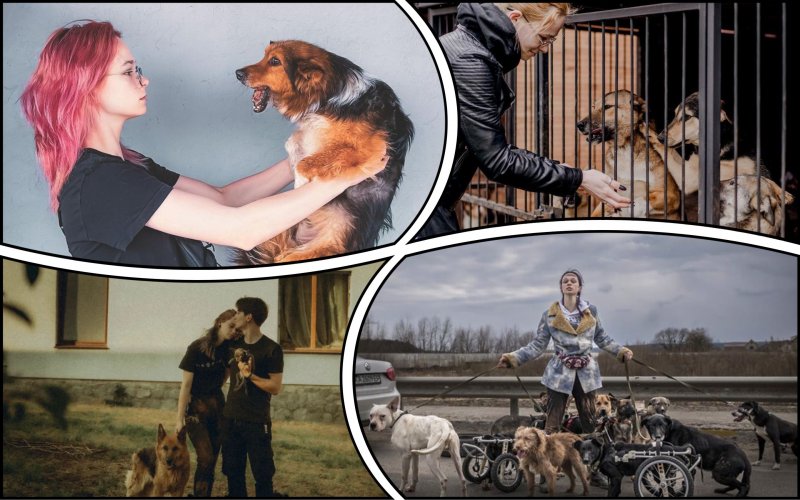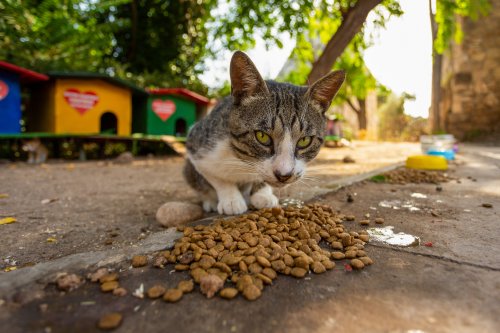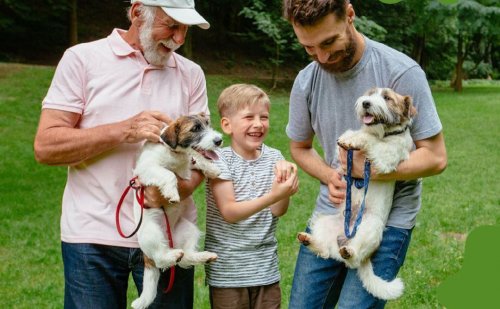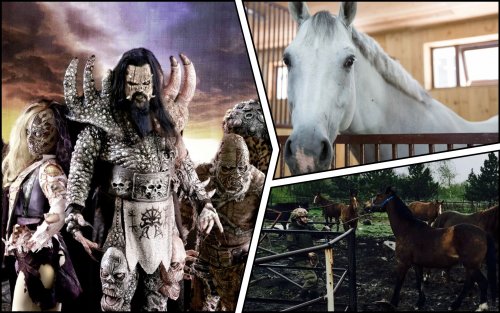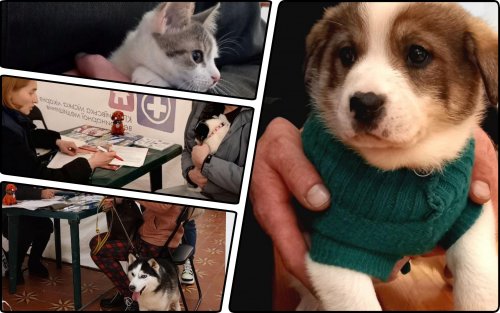In Irpin, Kyiv region, there is a real heroine, Anastasia Tykhaya, who takes care of defenseless stray animals. In her shelter, she rescues sick animals from environmental disasters, the frontline, and unscrupulous breeders and gives them a chance for a new, normal life. Currently, her shelter, "The House of Special Tails," is home to 170 dogs, which she maintains mostly with her own money.
In an interview with EcoPolitic, Tykha talked about how the animal volunteer manages to save defenseless dogs from the cruelty of the world and what efforts it takes.
- Tell me, please, how long have you been taking care of homeless animals?
- In general, we have been dealing with stray animals for five years, but the shelter was opened in 2022 in March, when the full-scale war began. Before that, we had only a mini-shelter for 20 animals, the maximum we could afford. At the beginning of the full-scale war, we had no choice, because the animals were brought by people who wanted to surrender them. They didn't even ask if we could take them, they just brought them. When we evacuated from Irpin, there were already about 40 animals.
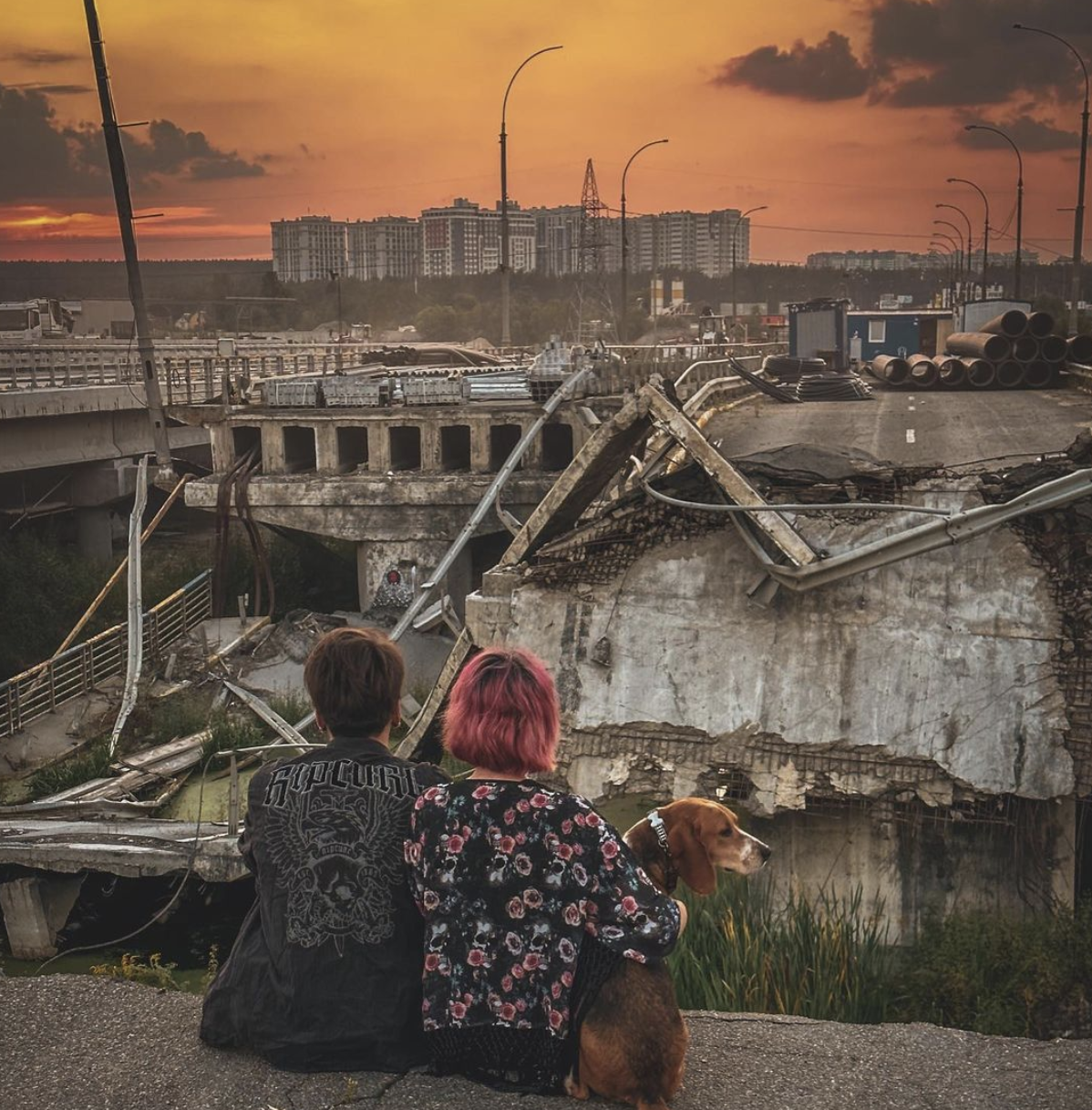
- Tell us a little more about how the full-scale war affected your activities? You organized a shelter, left Irpen, and what's next?
- In general, a full-scale war became a kind of push for me personally. My husband and I thought for a long time whether to open a shelter. There were a lot of moments that we were afraid of not being able to handle. When a full-scale war began, we evacuated to Kyiv, animals began to be brought to us, and we took a risk. It was not known what would happen in a week, but they decided to do as it went – and it will go. It has reached such a scale that I am very happy.
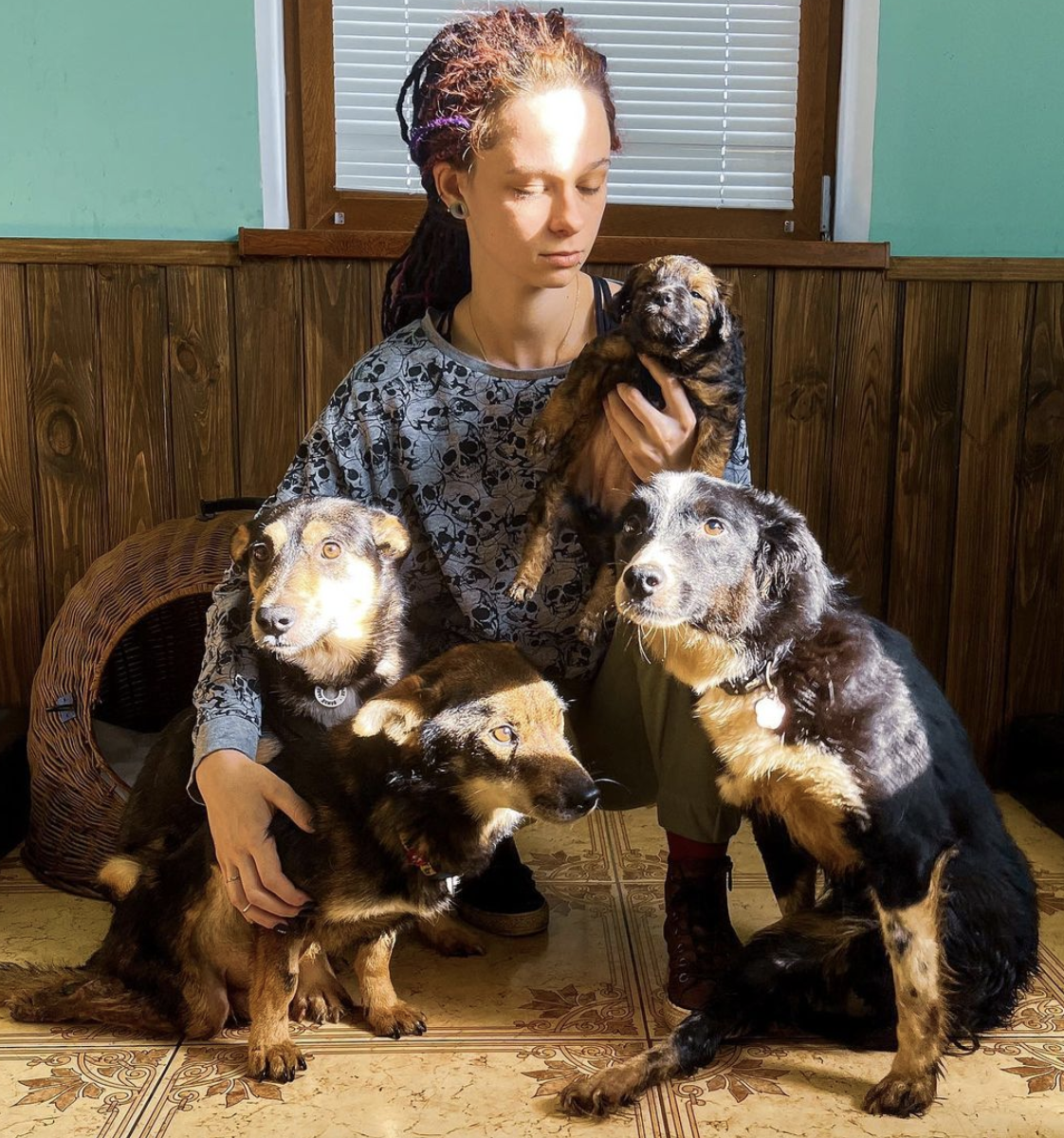
The full-scale war greatly affected the publicity and dissemination of information about such animals. In the past, people did not know that dorsalis animals (that is, those with spinal injuries and no feeling of their hind legs) could live normal lives. They are adequate and almost no different from healthy animals. Such animals need to be treated, they need to be helped. Animals with mental characteristics can also live normal lives. It seems to me that with the start of a full-scale war, animal volunteering and helping animals rose to a much higher level. People have become more aware and open to help.
- What are the specifics of the work of the shelter specifically for animals with disabilities?
- A shelter for animals with disabilities is a little different from a regular shelter. In a normal shelter, healthy animals live peacefully in enclosures. And for animals with disabilities, special additional conditions are needed, such as sand on the floor, and not something slippery. There are many such specific points that we adhere to, we have everything made for disabled animals.
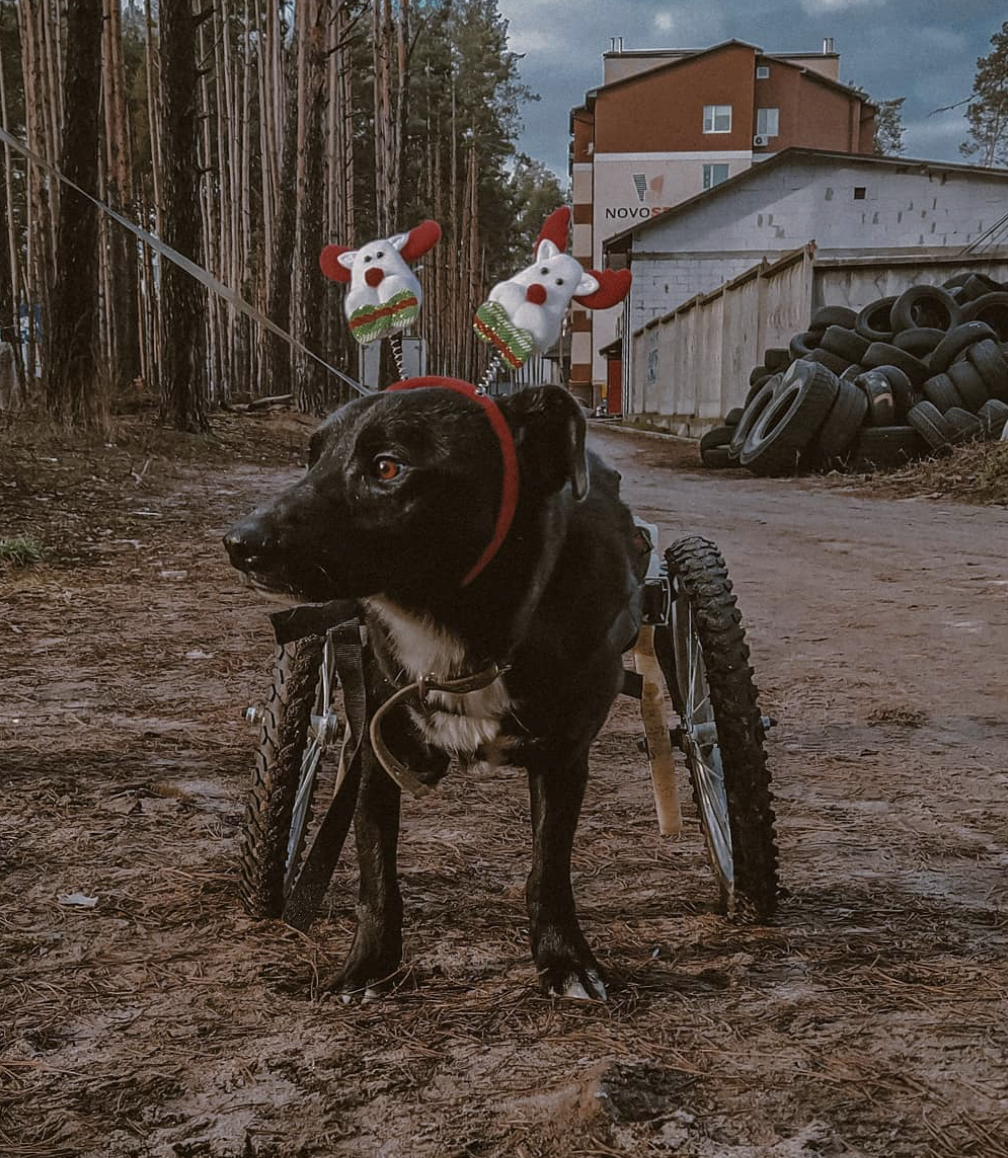
- Treatment of animals is usually quite expensive. How do you solve the shelter's financial problems?
- My husband and I maintain the shelter itself at our own expense. We also partly pay for the treatment ourselves. For large sums, we make collections on Instagram, Facebook and other social networks. Recently, 70 thousand hryvnias were spent on the treatment of a dog with burns.
- In the summer, after the explosion of the Kakhovskaya HPP, you spoke emotionally about people who only wanted to help animals from Kherson. Why so?
- If there is an event that gains publicity, then people want to participate only in these events. For example, the events in Bakhmut gained publicity in the winter and everyone wanted to help the animals from Bakhmut. Then Donetsk region, Toretsk and Chasiv Yar were a little forgotten and Kherson appeared. It gained publicity and everyone wanted to help only Kherson animals. Over the past month, animals from Kherson came to us, which we took out, and animals from Chasovoy Yar and Toretsk. However, no one helped Donetsk animals, but exclusively Kherson animals. That's what they wrote – we gave you money, but it's for Kherson animals. With such emphasis.
- What is the most difficult part of your work and are there "moments of joy"?
- The most difficult thing in our work is, of course, losing an animal, it is very difficult to observe the difficult condition in which they come to us. And they all arrive in a difficult condition, some are in a state of clinical death, it is not always possible to revive this animal. It is very difficult when volunteers carry a heavy animal for 8 hours, and when they do bring it to us, this animal dies in the hospital and nothing can be done. For me, the most difficult thing is that this animal seems to be saved, but it, without even having time to realize that it is no longer at war, that it is at home, fed, treated, cannot withstand pain and injuries and dies.
The happiest moments for me are those when such difficult animals come to life, recover, and we are still adjusting them. If such an animal still finds a family, then for me it is simply a miracle, that's what I call such cases.
Now we have about 170 animals. Recently, a lot of animals came to us, unfortunately, some of them died.
- Do people willingly take animals from the shelter?
- They took well in the summer. Even in August, they did not take Kherson animals, but puppies, purebred animals. In September, children went to school, students went to institutes and universities. This month is difficult for us in terms of support and accommodation. If we somehow try to get support, then the arrangement is almost "done". In August, 30 animals found homes, and for us this is simply a record. And in September, only three animals left for families.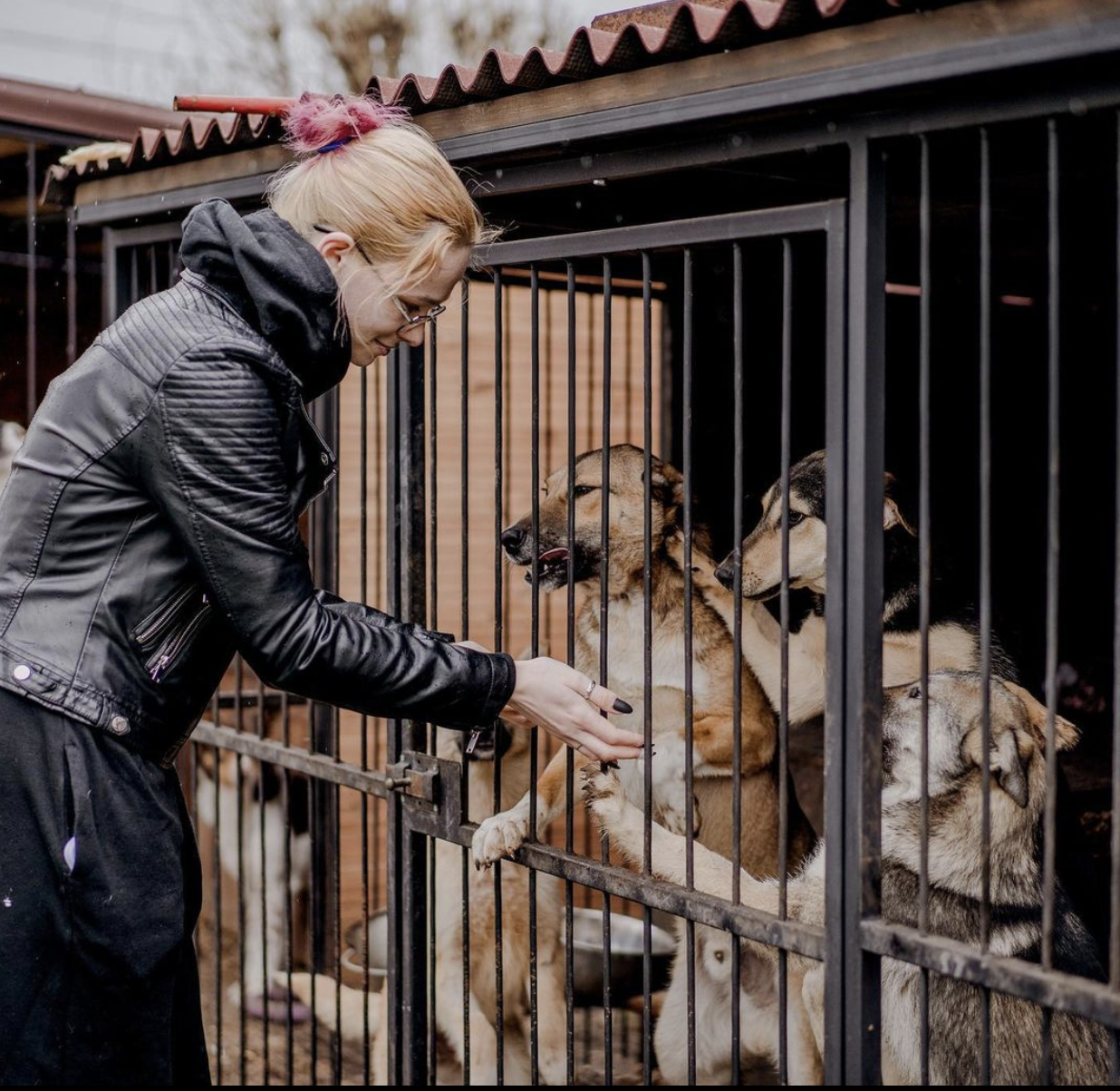
- Do you receive help from Ukrainian animal protection organizations?
- Sometimes we cooperate with the Nova Ukraine fund and the Ksenia Bereznaya fund. She helps us buy enclosures, because they are very expensive – 60 thousand hryvnias. My husband and I can't pull it off. And you need more than one of them. We no longer cooperate with anyone, we do it ourselves. This is still our dream and we want to do everything on our own. We do not know about foreign organizations at all.
- In July, a mural "Family for a four-legged" appeared in Kyiv with your famous photo, where you are walking sick dogs out of Irpen, engulfed in fire. Has it helped your business in any way?
- Sponsors of this mural "Constellations" send us humanitarian aid every month, i.e. feed, anti-parasitic agents, fillers for cat toilets, etc. But nothing more. They just send me pictures. I say – yes, it's me, thank you.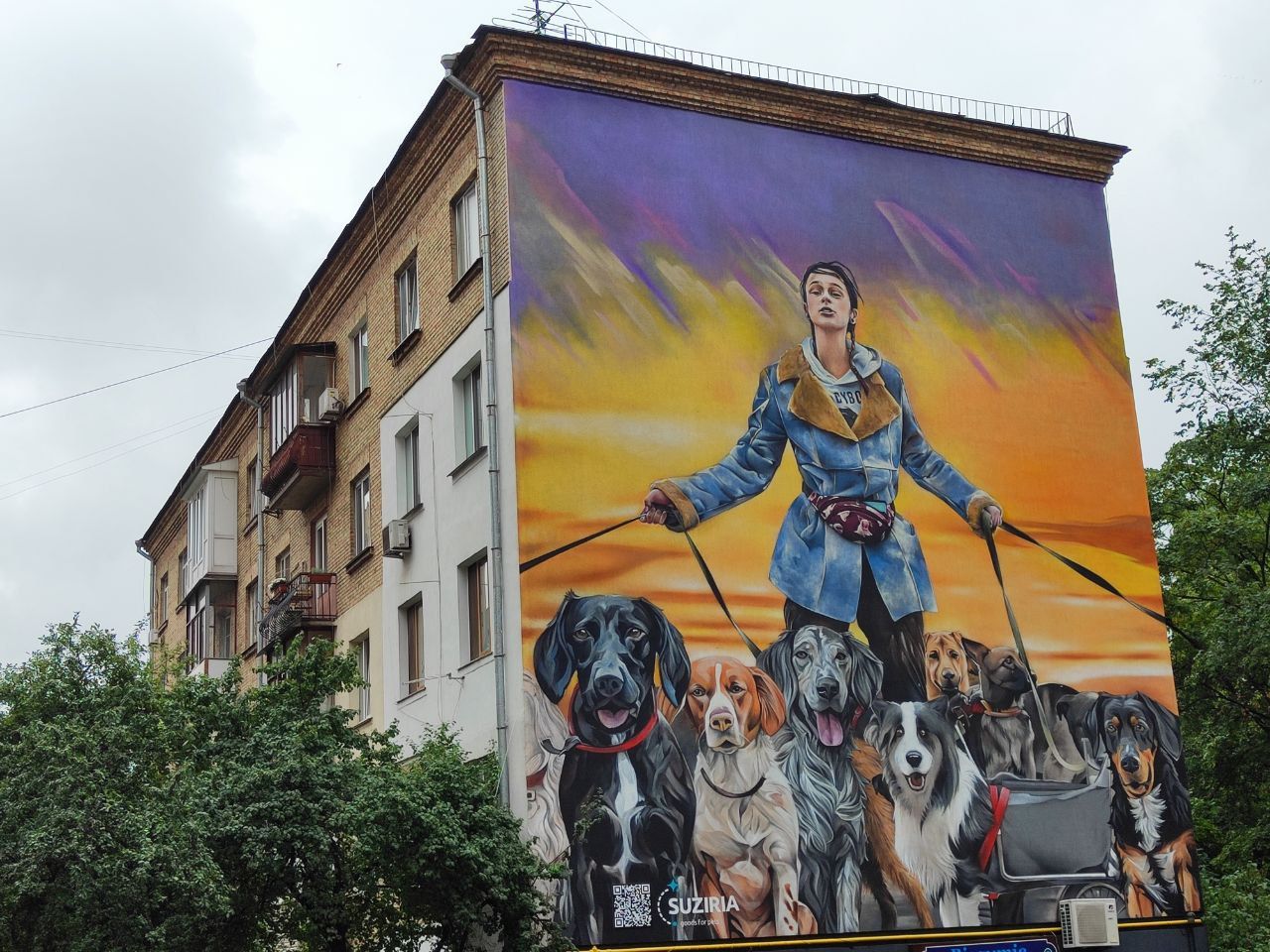
- In your opinion, what is the current situation with homeless animals in Ukraine? What can be done to improve it?
- This is a very large-scale problem. In my opinion, the situation with care 5 years ago was much worse. Now the shelters are normal, they have become better and the animals in them are taken care of. Previously, the animal was taken in so that it would just live out, fed inexplicably with what and then inexplicably sent to where. Now we have normal, good shelters, but I can only say this about the Kyiv region. I don't know what kind of shelters there are in other regions.
I know that there are many volunteers who really help animals, many people support these volunteers, many people themselves try to somehow help animals. I also know, because animals come to us from all over Ukraine, that we have enough sadists, enough, excuse me, idiots who throw animals away, don't sterilize them, specially breed them so that puppies breed... I can say that the situation has become better, but there is work to be done.
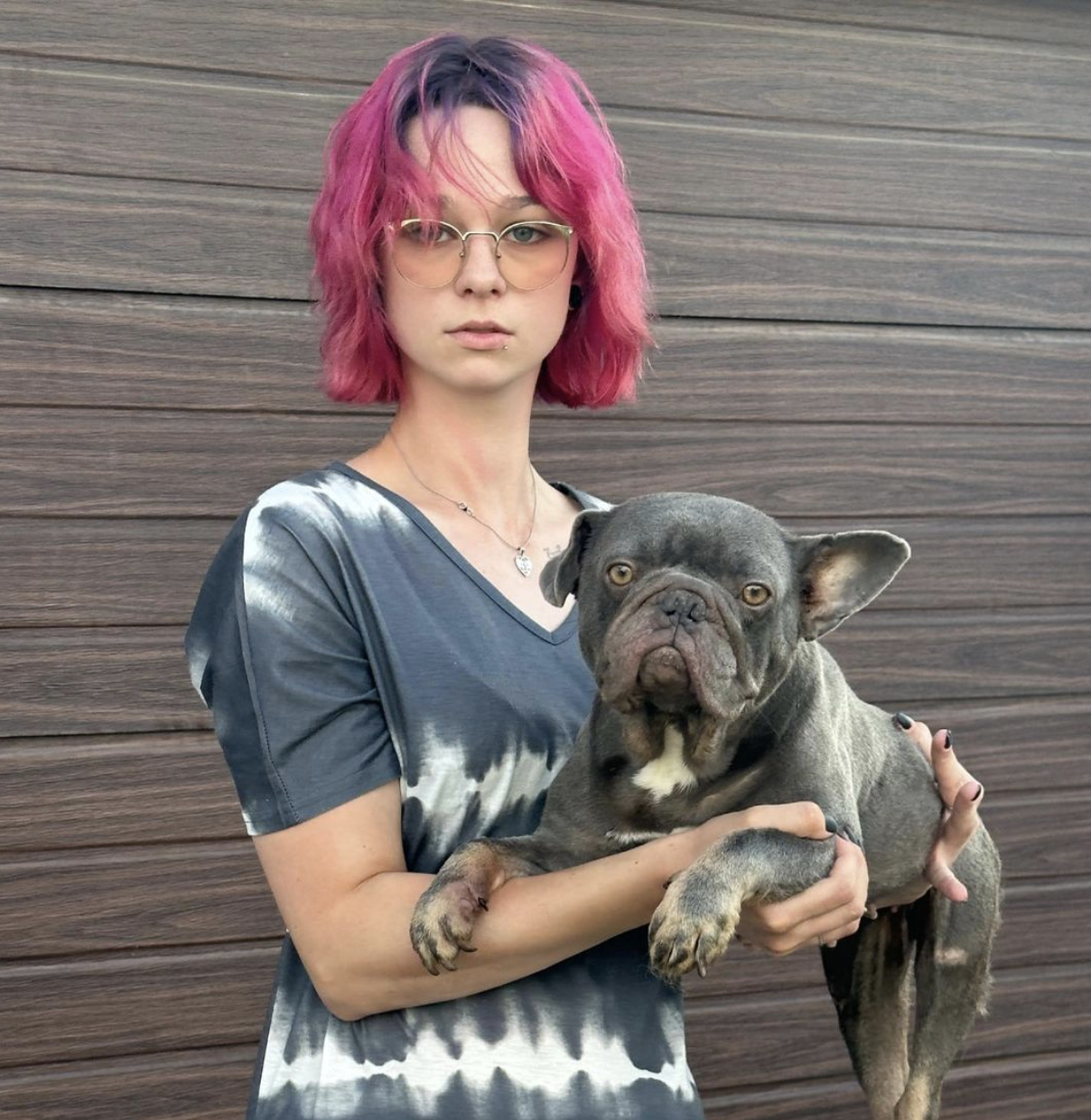
Our legislation needs stronger animal protection laws. But I am not very well versed in these matters. I have another direction – sick animals, animal treatment, veterinary medicine and helping injured animals. That is, from me: access to information, dissemination of information that such animals exist, they want to live, they can live, their quality of life is high and such animals need to be helped.
- You probably know about the recent arson of a shelter for cats in Kyiv – what do you think should be done, what should the state do to prevent this from happening again?
- The examination did not confirm that it was a deliberate arson. There is such a probability that the owners of this temporary shelter (after all, the animals only spent the night there and were out for a walk) left the heater, it was of poor quality, the wiring caught fire and this shelter caught fire. The situation with this shelter is still unclear. In the volunteer world, opinions are divided about the hostess of the shelter – some say she is good, some say she is bad. I feel very sorry for these cats and if it was arson, I sincerely hope that the perpetrators will be punished.
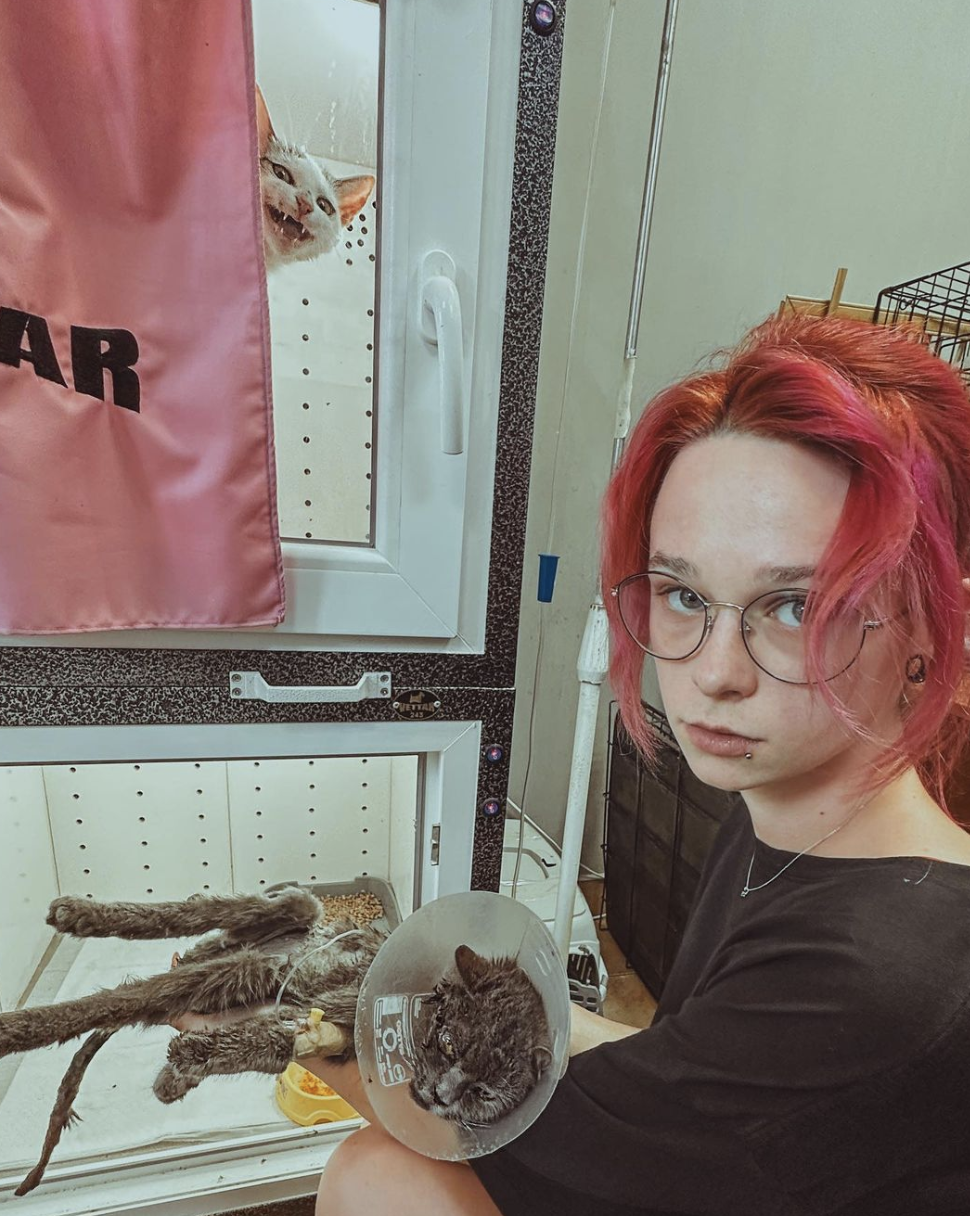
It happens that people try to harm the shelters, throw poison over the fence so that the animals die. These are sadists, for whom harsher laws must be passed to punish such actions.
- There are people who want to take an animal from the shelter, but hesitate. What would you advise them?
- It is better to try than not to try. Many people are afraid of some of these aspects that apply to any animal. Dogs from the kennel will also go to the toilet in the apartment or house. They need to be trained to walk and it will not be an ideal dog right away. And it happens that a dog from a shelter is more well-behaved and nicer than a dog bought from a kennel. We are still engaged in the removal of animals from the kennel, so I can say this for sure. I have french bulldogs that behave much worse than stray animals.
That's why I always advise you to try it. We have a trial period and people can always return an animal to the shelter, we will accept it. Most often, when an animal is taken from us, those people usually keep the dog for themselves, happy and satisfied.
You can support the shelter using the details on website, or in Instagram.

